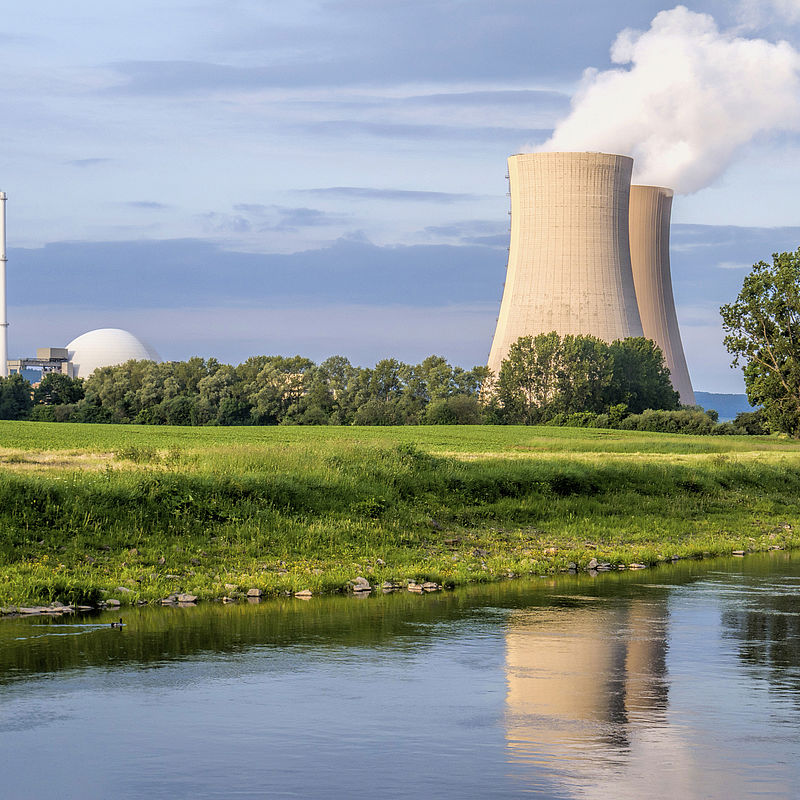
Fingerprinting nuclear waste
Challenge
A large proportion of nuclear power plant waste has minimal radioactive content, well below biologically hazardous levels, and once classified as ‘free release’ it can be sent for recycling. However, all nuclear waste is necessarily subject to strict regulations governing its release and the criteria for free release into the environment are particularly stringent. Measurements of both the nuclear fingerprint and radioactive half-life of waste are used to determine the appropriate level of storage and accurate knowledge of these properties is key to avoiding unnecessary storage time and costs. Until recently, site measurements have lacked the necessary accuracy to enable waste fingerprint characterisation for ‘free release’ waste designation. Improved on-site nuclide specific waste assessment and segregation methods would help minimise disposal costs and enable the rapid consignment of different waste types to the most appropriate storage or disposal facilities.
Solution
Research carried out within the EMRP project Metrology for radioactive waste management has enabled the construction of the first dedicated transportable waste assessment facility for this purpose. The project developed improved fast testing methods, which enable the precise determination of nuclear waste fingerprints - an essential capability for identifying the most appropriate disposal routes
Impact
Through participation in the project, ENVINET, a leading provider of products and services for the monitoring of environmental radiation, has developed a new transportable waste measurement facility. This facility takes the new measurement methods developed within the project directly to decommissioning sites. The improved accuracy and speed of the results enable efficient on-site measurement of waste assumed for free release - in particular, the correct identification of waste suitable for free release should avoid the significant costs associated with unnecessary long-term storage. Within the project, ENVINET was able to both validate the transportable facility and also demonstrate to the Czech authorities that it had developed the expertise needed to meet the stringent criteria governing the free release of nuclear waste, enabling a site license to be granted. Subsequently, the first consignments of 150 tonnes of accumulated waste at the ÚJV Řež site in the Czech Republic have been accurately and efficiently sorted prior to release for disposal. The ENVINET facility will next be used at a decommissioning site in Italy. As more and more nuclear plants become available for decommissioning, and those reactors that have been cooling for several decades reach the final dismantling stages, increasing amounts of waste will require efficient and accurate sorting. ENVINET’s transportable waste facility, made possible through the research carried out within the EMRP project offers a timely and cost-effective solution to this growing problem.
